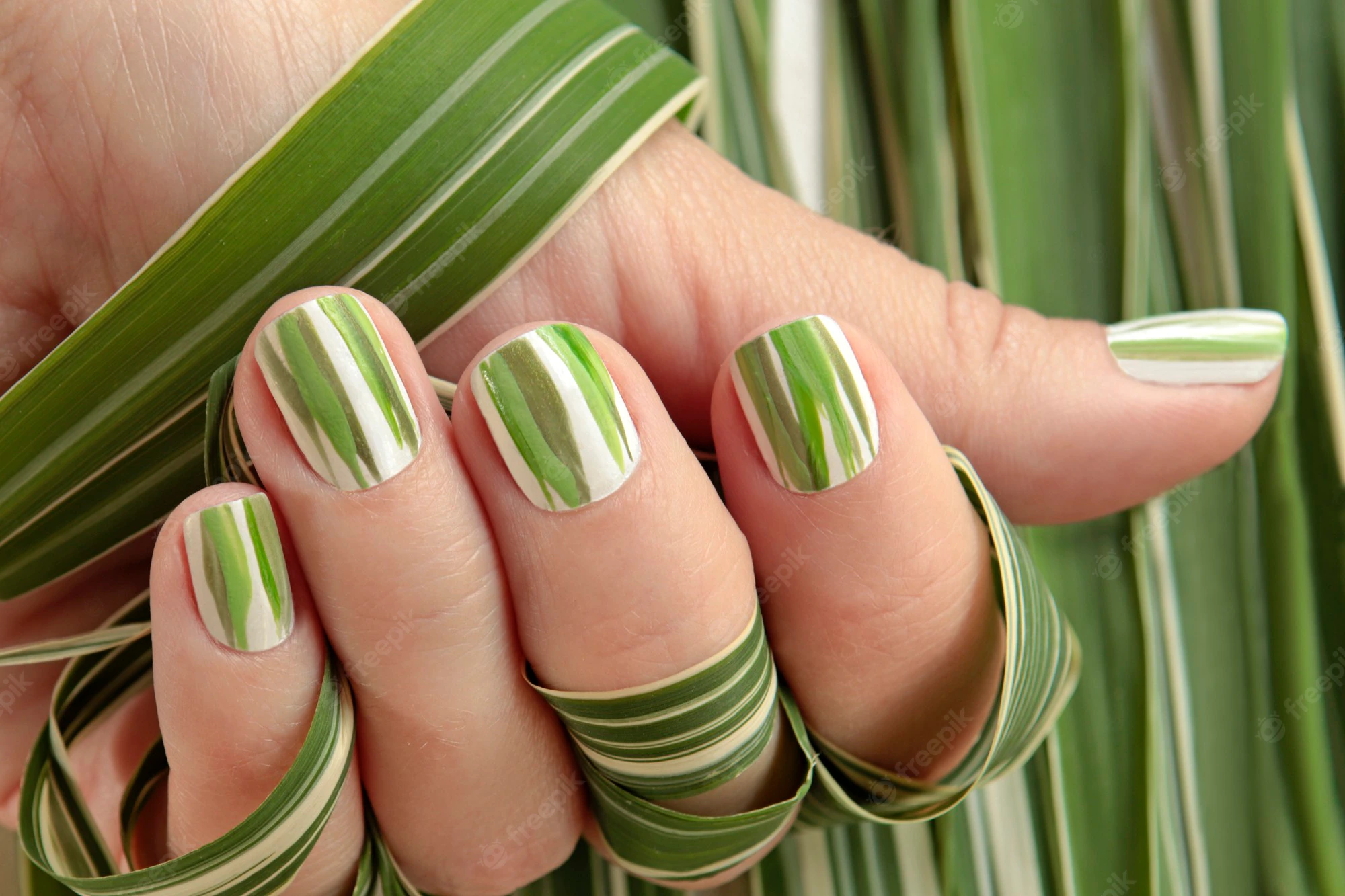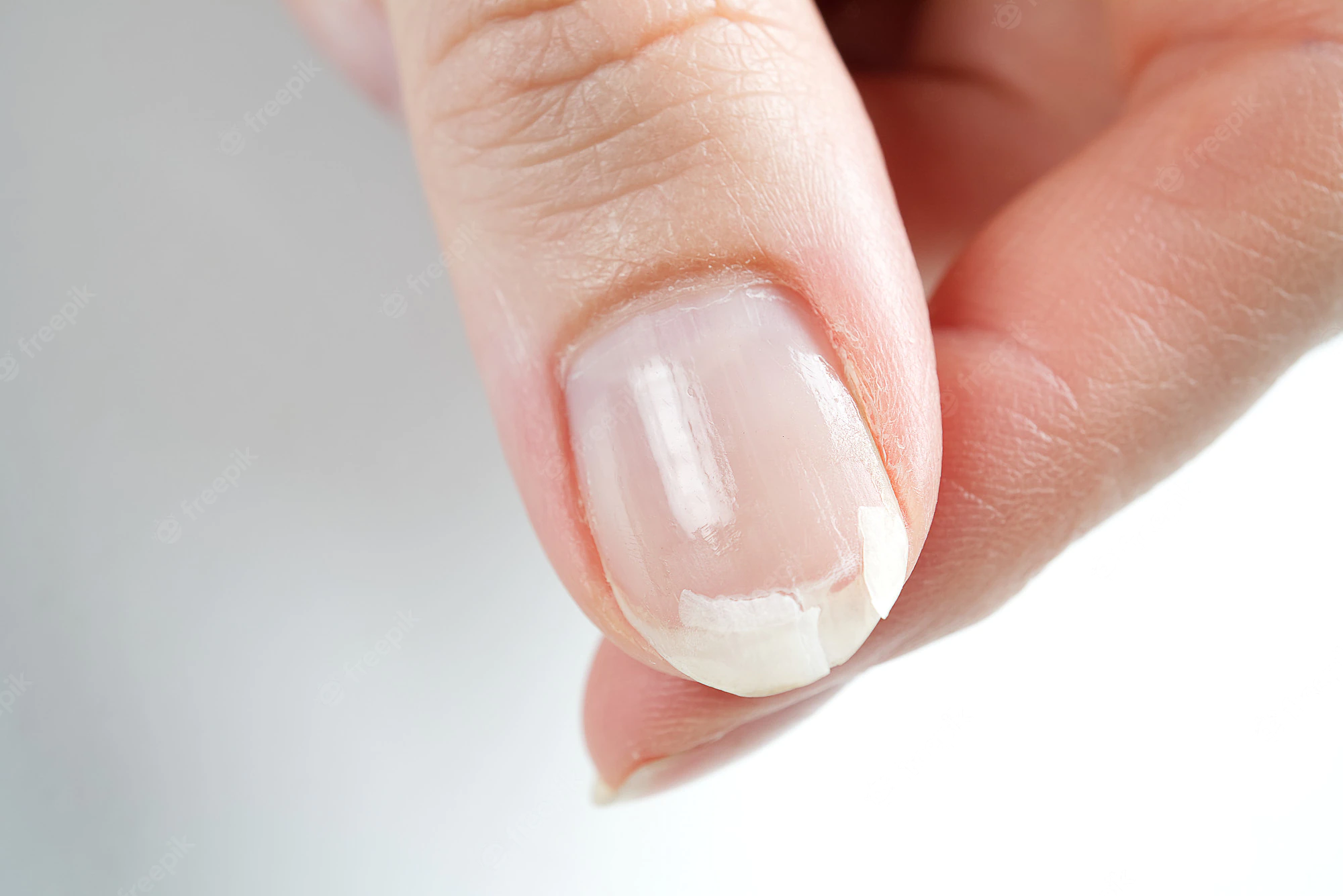Soaking acrylic nails in acetone is a necessary part of the nail removal process. This can be a frustrating and a time-consuming part of the process, and it’s one that many people are unsure about. However, there are all sorts of ways to go about it—from leaving them in the acetone for only a few seconds, to keeping them in there for up to 20 minutes or longer. So what’s the right amount of time?
You should soak your nails for a minimum of 20-30 minutes to remove the gel polish or acrylic nails. This is because most of the nail polish removers need some time to dissolve the gel polish. You can also use various methods to get rid of the gel polish. One method is soak in an acetone solution. This will help soften up the nail so that it comes off more easily with less effort from you.
Here are the steps to safely remove your acrylic nails. First, I’ll explain safer ways to apply acetone to remove acrylic fingernails. I’ll also give you tips on how to minimize the risk of damaging either your fingernails or finger tissue during this process.
Related Reading
Why Do My Acrylic Nails Keep Popping Off?
Do Acrylic Nails Ruin Your Natural Nails?
Removing Acrylic Nails at Home With Acetone
Removing acrylic nails at home with acetone is an inexpensive alternative to getting them professionally removed at a salon. Here are several ways to remove acrylic nails using acetone:
Method 1: Soaking

File Your Acrylics
File down your acrylic nails until they are flat with the natural nail. Be careful not to file too much as this can cause damage to your natural nails. You can use a regular emery board or a metal file to file down your acrylic nails and it should take only a few minutes
Apply Oil For Extra Protection
It’s recommended to apply petroleum jelly around all tissue surrounding your nails before soaking them in acetone. This is because acetone can damage tissue, so it’s important to protect yourself from any potential harm during this process
Soak Your Hands in Acetone Solution
Soak your hands in a bowl of acetone solution for about 5 minutes or so. The solution should be about 50/50 water and acetone. Once the time is up, remove your hands from the bowl, rinse them off and dry them with a towel.
You can now file off any remaining acrylic (or gel) using an emery board or file.
If there is still some left on your nails after soaking in acetone, use an orange stick to gently pry off any remaining material from around your cuticles and sides of fingernails.
Apply Cuticle Oil
When you first remove your acrylic nails, the acetone will do its job of removing the nail polish. But it will also dissolve the glue that holds your nails on. This means that you’ll be left with small pieces of plastic around your fingernails. The solution to this problem is to apply a layer of cuticle oil before and after soaking your hands in acetone . Cuticle oil has been shown to reduce damage from acetone exposure by 90%!
Method 2: Foil soaking Method

File Your Acrylic Nails
Filing acrylic nails is a nice way to keep them looking good. If you are using the wrong file, it can cause pain and possibly damage your nails. The best option is to use a glass nail file or one made of metal. Both of these options will be much easier on your nails than plastic ones. You can purchase them at any beauty supply store or online if you don’t have one already.
Once you have your files ready, you will want to file down the acrylic nail polish on each finger until there is nothing left but the natural nail underneath. Be sure not to go too deep into the nail bed because this can cause pain and damage to the nail itself.
Take Your Cotton Balls and Soak Them in Acetone Solution
Now that all of your acrylic nails have been filed down, it’s time for Step 2: soaking them in acetone solution.
- Take a few cotton balls and soak them in acetone solution to create an effective nail polish remover solution for your acrylics.
- You can also use paper towels instead of cotton balls if you’d like, but be sure that they are 100% cotton; otherwise, you’ll end up damaging your nails by soaking them too long in acetone solution that contains synthetic fibers.
Wrap the Foils Over Acrylics Nails to Dissolve
Next, wrap the foils over your nails. This will prevent you from scratching off the glue while soaking your nails. The foils will also help speed up the process of removing acrylics, as they keep air from getting underneath the nail plate. Wait for 20-30 Minutes
Wash off and Apply Cuticle Oil
Wash off the acrylics with warm soapy water. Make sure you wash them thoroughly, as any residue could cause discoloration of your natural nail plate. Apply cuticle oil. This is important because it will hydrate and nourish your natural nail plate. The oils in cuticle oil help to prevent peeling and splitting of the nails, which can occur when removing acrylics. Make sure you do not miss this step.
Method 3: Soak And Scrape

File Your Nails
File down all sharp edges around the nails before soaking them in acetone or nail polish remover. A gentle file works best, as you don’t want to cut into your real nail bed or cuticle area. File only until you’ve smoothed out rough edges, not so much that you remove too much from underneath the acrylic nail itself or create jagged edges on the tips of your natural nails!
If you don’t have a file handy, use an emery board instead . It is better to make sure it’s not too harsh on your delicate skin and nails!
Soak Your Hands in Acetone
Soak your hands in acetone for 20 minutes to soften the acrylic nails. Soaking is optional, but it can make it easier to remove the acrylic nails. If you don’t have time or want to soak your hands, skip this step.
Scrape off Excess
Use a metal file or another sharp object to scrape off any excess acrylic around the edges of your nails. Be careful not to cut yourself on any sharp edges that remain after removing the acrylic nail polish from your natural nails.
Apply Cuticle Oil
Apply cuticle oil because it will help reduce the damage caused by removing nails.
Safety Tips When Mixing Acetone
Acetone is a solvent that dissolves the glue that holds on artificial nails. It’s available at drugstores, hardware stores and nail salons. Acetone is flammable and can irritate your skin and eyes, so be sure to follow these safety tips when using it:
- Wear eye protection and gloves to protect yourself from splashes or spills.
- Never use acetone near an open flame or while smoking.
- Don’t drink, eat or smoke while working with acetone because it can irritate your mouth, throat and stomach.
- If you accidentally get acetone in your eyes, flush them immediately with water for 15 minutes or until irritation subsides.
Can I Soak My Acrylic Nails in a Bowl of Nail Polish Remover?
Nail polish remover is a great way to remove your acrylic nails. By soaking your nails in a bowl of the remover, you can soften and remove the acrylic quickly.
You can also soak your nails in vinegar or lemon juice to remove the acrylic. The acidity of these liquids will dissolve the glue that holds the acrylic on your nails.
Frequently Asked Question
What Happens if You Soak Your Nails Too Long in Acetone?
If you soak your acrylics too long in acetone, they will turn white and soft. This is because the nail polish has been dissolved by the solvent. This can also lead to some serious skin damage if you’re not careful.
Does Soaking Acrylics in Acetone Work?
Acetone can work when used correctly on artificial nails because it dissolves the glue that holds them together. It also softens up the acrylic so that you can easily remove them from your natural nail bed without damaging it.
How Do You Remove Acrylic Nails After Soaking in Acetone?
The most popular method of removing acrylic nails is by soaking them in acetone for 10-15 minutes. The acetone will soften up the acrylic while it is still attached to your real nail, making it easier to pull off. If you don’t want to soak your hands in chemicals, then you can use cotton balls soaked in acetone instead. The cotton balls should be placed on each finger for about 5 minutes for full effect.
How Do Salons Soak off Acrylic Nails?
The salon will use an acetone-based nail polish remover to soften the glue that binds your acrylics to your natural nails. Once they are softened, they can be gently pulled off with tweezers, or you can use a special tool called an “off stick” which is designed for this purpose
Conclusion
As you’ve seen in this article, there are a lot of variables to consider when soaking acrylic nails in acetone. Ultimately, how long you soak your acrylics in acetone will come down to personal preference.
At the end of the day, there’s no hard and fast rule to follow. Just be sure not to oversoak your nails in acetone – it can cause some serious damage to your natural nails underneath.
SOURCES
How to Remove Acrylic Nails at Home Without Damaging Your Natural Ones
https://www.goodhousekeeping.com/beauty/nails/a47362/how-to-remove-acrylic-nails/
How to Remove Acrylic Nails at Home Without Destroying Your Natural Ones
https://www.allure.com/story/how-to-remove-acrylic-nails
How To Remove Acrylic Nails At Home Easily – Tips To Follow
https://www.stylecraze.com/articles/how-to-remove-acrylic-nails/






